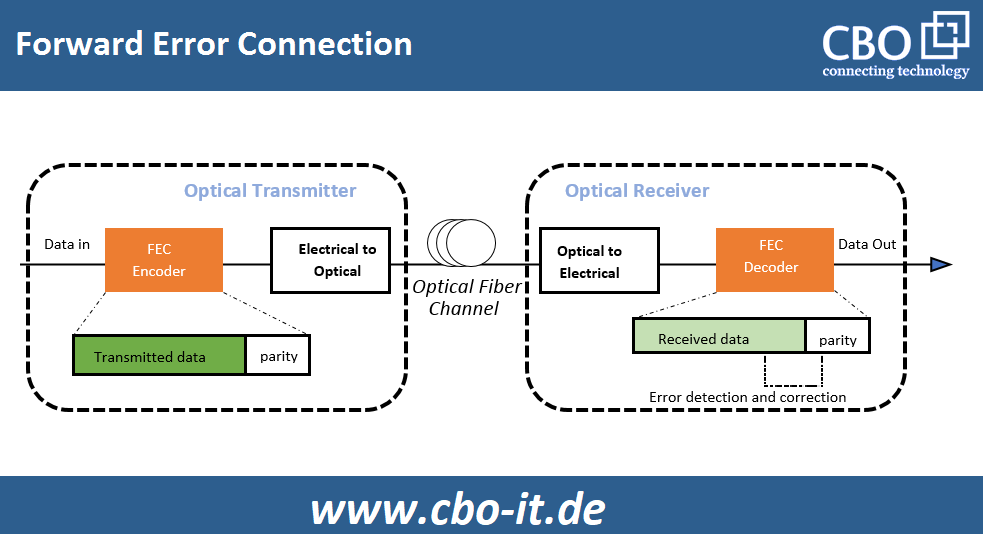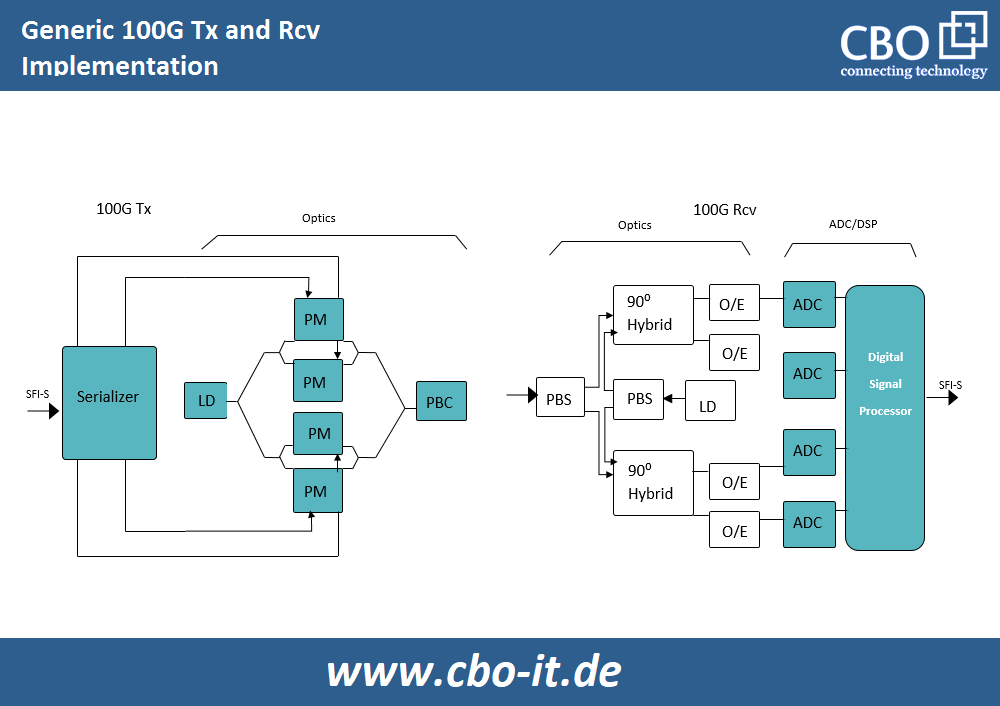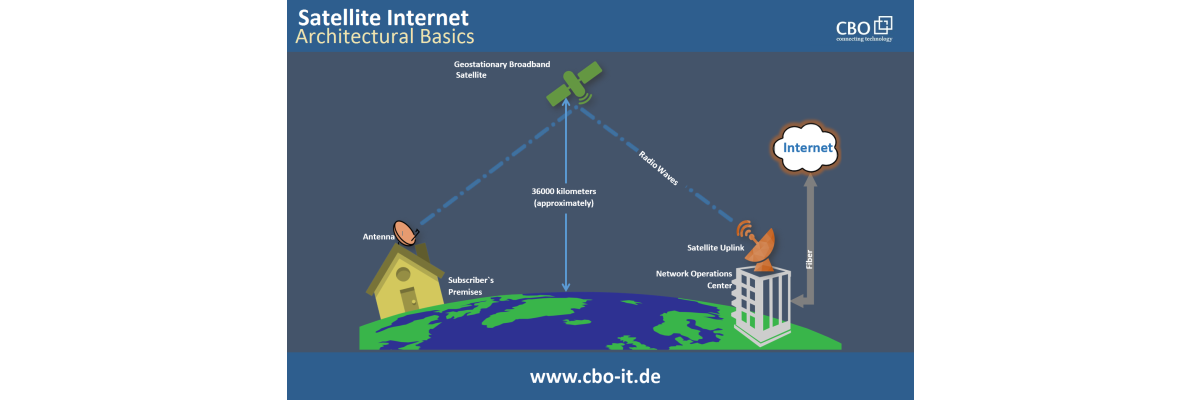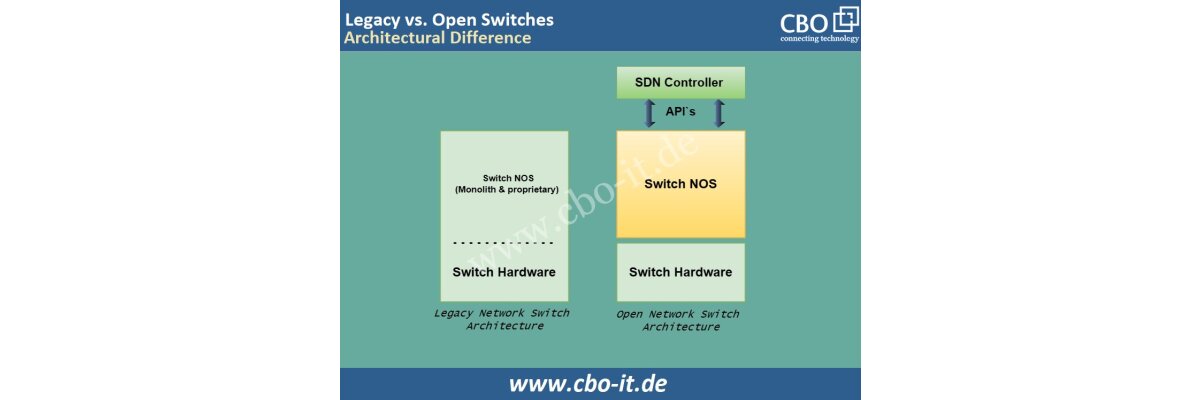The designers and operators of data communication systems are looking for newer solutions to curtail with the ever-growing bandwidth demand and to maximize the reliability of data transmission. One such system called FEC (forward error correction) has been proven pretty suitable. It's a technology that's been around for a long time to ensure effective data transfer over noisy channels. Let's study more about the FEC and its significance in optical networks where transmission volume and distance are increasing.
What is Forward Error Correction?
forward error correction is used to improve the integrity of the data transmission. This technique is implemented by inserting redundant data, referred to as error correcting code, preceding to data packets being transmitted. Forward error correction (FEC) enables the listener to rectify mistakes even without data re-transmission through a reverse channel.
Though we all know, optical signals can degrade owing to a variety of circumstances during transmission, which can lead to receiver-end error of judgement, such as mistaking a "0" signal for a "1" signal or a "1" signal for a "0" signal. The channel encoders will find, fix decode the erroneous "1" or "0" to enhance the signal quality provided that the number of errors in transmission are within the correction capacity.

Three Generations of FEC
For optical communication systems the development of FEC can further be segregated into three phases or generations.
- The first-generation forward error correction (FEC) systems were successfully used in submarines
- As WDM systems developed a sturdier second generation FEC came into existence for commercial systems.
- The arrival of 3rd generation FEC algorithms opened up new opportunities for modern optical communication systems.
Types of Forward Error Correction
Currently available Forward Error Connection (FEC) technologies for DWDM and SDH systems are listed below;
In-band FEC
The ITU-T G.707 standard supports in-band FEC. In the SDH frame, the FEC code's supervised symbols are loaded using a portion or ration of the overhead bytes. In-band FEC comes with a small coding gain that remains within the band of 3dB to 4dB.
Out-of-Band FEC
The ITU-T G.975/709 system supports out-of-band FEC. Great coding redundancy, stronger error correcting capabilities, better flexibility, and relatively higher coding gain (5-6dB) are all features of the out-of-band FEC
Enhanced FEC (EFEC)
EFEC is most frequently used in optical networks with lax latency constraints and high coding gain needs. Because of its superior performance It is believed that the EFEC will evolve into a practical technology despite the fact that its encoding and decoding procedure is less applicable and more difficult in the current scenario.
Features of FEC
FEC decreases the frequency of transmission mistakes, increases the operational range, and reduces the power consumption of communication systems. Forward Error Correction enhances effective system performance by reducing the need to retransmit data damaged by noisy channels or otherwise.
FEC enhances the reliability and integrity of data at the receiving end – independently. In context of a system, FEC becomes an enabling element that can be utilized by the system designer in a variety of ways. FEC is particularly beneficial for systems with limited-power. However, bandwidth constraints can also be addressed through higher-order signaling. If more bandwidth is available, FEC enables transmission at much higher data rates.
FEC for 100G Networks
FEC is used to address the optical SNR or OSNR in fiber-optic networking - the main factor that determines how far every single wavelength may travel before it has to be re-generated. FEC is particularly important in high-speed data transmission systems where advanced modulation techniques are necessary for dispersion minimization and signal consistency with frequency grid. 100G transmission would be confined to extremely small distances without FEC. For long-haul deployments (>2500 kilometers) we need an improved system gain by at least 2 dB – a performance gap that can be filled through upgradation of hard-decision FEC to soft-decision FEC.
SD-FEC or “Soft-Decision Forward Error Correction” schemes have increased in popularity as the quest for ever-higher transmission rates continues. SD-FEC schemes can have a byte expense of about 20% which is approximately three times that of the byte cost incurred by original RS coding method. However, their advantages in the case of high-speed networking are amazingly substantial. On a 100G network, for example, a 1 - 2 dB improvement achieved through FEC equates to and above 15% to 40% increase in range.

FEC in 100G Networks – Things to remember!
Following are a few matters that need special consideration when FEC implementation on 100G links is desired.
Methodology of Implementation
Some specially designed or customized modules come with specific FEC functionalities. On the other hand, 100G QSFP28 optical modules, rely on the host device`s FEC configuration.
Not every Switch Support FEC
It is important to understand that the FEC can only be implemented on links where switches deployed at both the transmitting end and the receiving end support FEC. All switches are not designed to support FEC. So, this point should be kept in mind when you pick hardware for implementing a FEC enabled 100G link.
100G QSFP28 Transceivers & FEC
The Forward Error Correction functionality is more than just a convenience. The methodology of fixing error will inevitably result in delayed transmission of some data packets. Consequently, it is not necessary for all 100G QSFP28 transceivers.
As per the IEEE standard protocol for QSFP28-LR4-100G transceivers, enabling of FEC is not recommended unless mentioned. As the 100G QSFP28 optical modules technology differs amongst vendors so we don’t have a uniform condition.
FEC Function Consistency at Either End
100G Port`s FEC function is an integral part of the auto-negotiation. When port auto-negotiation is enabled the Forward Error Correction (FEC) function is agreed through negotiation at either end of the link. If the Forward Error Correction function is initiated at one end, it must be enabled at the other end as well otherwise the port will not come online.
FEC & Stacking
If the port is configured as a stack port then the Forward Error Correction command will not work. Conversely, the ports configured to use Forward Error Correction cannot be configured to operate as stacking ports.
Conclusion:
The role of Forward Error Correction has become increasingly important in optical fiber communication systems as backbone network speed is upgrading to 40G and 100G. Poor OSNR performance is another big reason behind the growing importance of FEC. Network operators are facing immense pressure to expand network bandwidth in order to meet the growing demand of high-speed internet and data services such as online streaming.
As we shift from 10G to 100G per wavelength, the OSNR requirement rises by +10 dB. Understandably, 100G optical transmission distances would be very short and uneconomical without some kind of correction or compensation. We have seen first and second generation FEC algorithms working in both 10 and 40G configurations to improve overall distances and minimize BER.
SD-FEC (Soft-decision FEC) is a 3rd generation algorithm that allows fewer regenerations and longer distances on 100G optical networks. The implementation of FEC is highly recommended on optical modules in high-speed, long-distance networks for improved performance of data transmission.
 English
English
 Deutsch
Deutsch
 Espaniol
Espaniol










